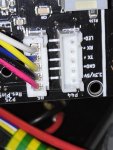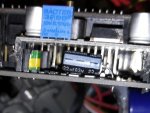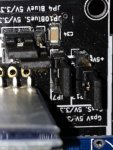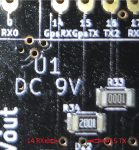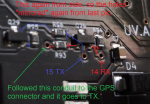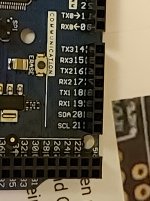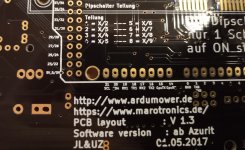I'm about to build my first ardumower, and I'd love to take the opportunity to improve the English instructions.
I know that there is a PDF available with the German instructions, and I've heard rumor that there's an English version in progress. Can I get whatever is available for this, so that I can work with it, and improve it? I'd love to contribute to building a set of English Instructions.
If I'm missing some great forum threads which already post this information, please let me know. I've searched a lot, but did not find any.
I know that there is a PDF available with the German instructions, and I've heard rumor that there's an English version in progress. Can I get whatever is available for this, so that I can work with it, and improve it? I'd love to contribute to building a set of English Instructions.
If I'm missing some great forum threads which already post this information, please let me know. I've searched a lot, but did not find any.


